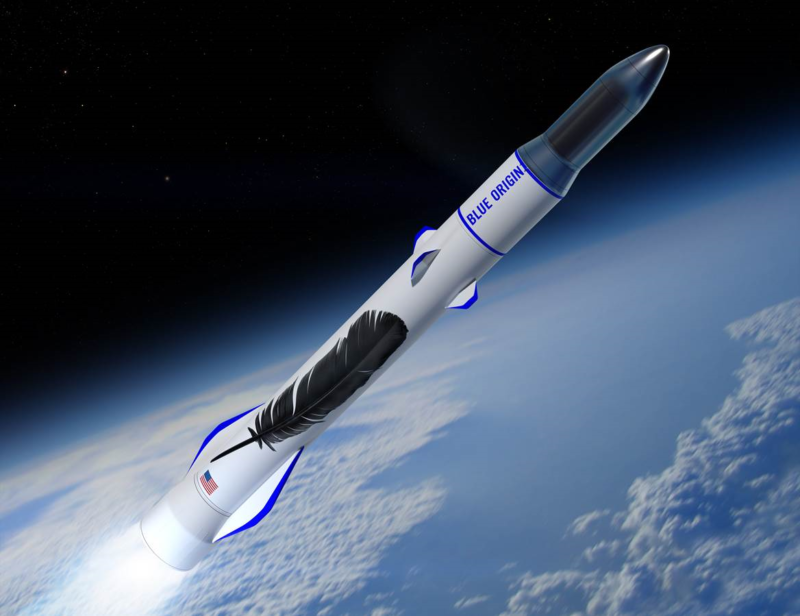
On Wednesday, the Washington-based space company Blue Origin posted a job opening for a position titled "Blue Ring Senior Program Manager." However, the posting to the company's Workday "Careers" page was taken down less than 24 hours later—perhaps because it contained details about an advanced program the company does not yet want to discuss publicly.
Asked about the short-lived post, a Blue Origin spokesperson told Ars on Friday that, "We’re updating the job requisition for this position."
For now, the job posting remains live on LinkedIn. Although the requisition is now listed as "no longer accepting applications," details about the job remain online. Intriguingly, the job posting states, "As the Program Manager, you will lead the development, manufacturing, and operations of a multi-mission, multi-orbit platform."
There are additional clues about the position in the job posting, including the following statement about how this job supports Blue Origin's vision of millions of people living and working in space to benefit Earth: "Enabling this future requires frequent and affordable access to a variety of orbits, as well as ability to access infrastructure and services in those orbits. There is a critical need for rideshare and hosting solutions for small satellites for commercial and government purposes."
The significance of this is that it represents one of the first times the company has publicly discussed its Blue Ring program, albeit perhaps inadvertently given the rapid removal of the job posting.
According to two sources, Blue Ring is one of the projects being worked on at Blue Origin as part of the company's Advanced Development Programs. A number of these initiatives seek to augment Blue Origin's forthcoming New Glenn rocket, a heavy-lift vehicle that may make its debut in 2024. These programs include Project Jarvis, which Ars first disclosed in July 2021, to develop a fully reusable upper stage for the launch vehicle.
Blue Origin has been working on New Glenn for the better part of a decade. During that time, founder Jeff Bezos observed the development of SpaceX's Starship program and recognized that New Glenn must evolve to compete with a fully reusable Starship. That is the purpose of Project Jarvis and other initiatives.
Although Blue Ring is not as spectacular as a fully reusable second stage, it could nonetheless be an important component of making New Glenn a viable commercial vehicle not just for large government satellites but also for smaller satellites. The Blue Ring project combines two basic features: an EELV Secondary Payload Adapter, or ESPA ring, and a space tug.
An ESPA ring is a structure mounted in the payload area of the rocket to support six or more smaller satellites, each perhaps weighing a few hundred kilograms or less. This ring supports these smaller satellites as secondary, or rideshare customers, with power and possibly even propulsion during the launch and deployment process.

Blue Origin also seeks to develop a space tug as part of its ESPA ring, allowing ride-along satellites to reach different orbits than the rocket's primary payload. Such "orbital transfer vehicle" services are increasingly common. For example, Launcher's SN1 Orbiter vehicle flew on SpaceX's Transporter 6 rideshare mission earlier this week with eight different smallsat customers, and Impulse Space announced this week that its first orbital transfer vehicle will fly on a Falcon 9 rocket late this year.
Given that New Glenn will have a large, 7-meter-wide payload fairing and impressive propulsive capabilities, Blue Ring will likely be able to accommodate much larger satellites than these smaller orbital transfer vehicles. However, given Blue Origin's propensity for silence on the advanced developments program, don't expect to hear further details about Blue Ring any time soon.
Reader Comments (101)
View comments on forumLoading comments...